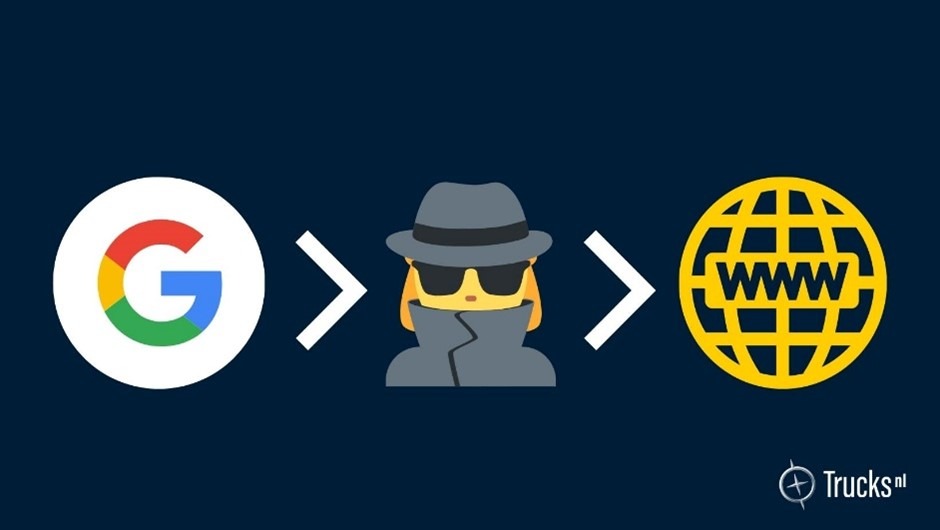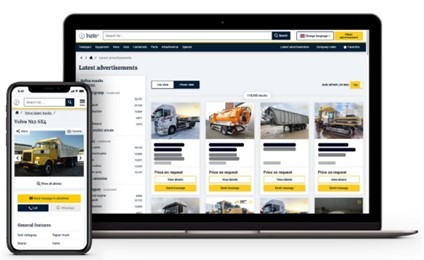We have entered an era where the Internet is here to stay. Nowadays everyone searches for everything through the search engine Google. But how do you make sure that your website is better found in Google? What is website optimization and how can you as a business professional take advantage of this? Do you have a good website according to Google? In this blog article we will talk about the most important parts.
In this blog article you’ll read:
- What’s website optimization?
- Why should you optimize your website?
- How does Google check your website?
- Website optimization checklist
What’s website optimization?
Website optimization means improving the performance of your website. This makes your website (even) more user friendly for your website visitors. Think of improving:
- How organized your website is
- How fast your website loads
- How valuable the content is for your visitors
Why should you optimize your website?
Because this allows you to rank higher in Google. Google determines how high your website ranks according to how user-friendly it is.
But, you’re not just doing it for the ranking:
A user-friendly website ensures that your website visitors find what they are looking for.
Which means you get more conversions: a phone call or email with interest in your product, a subscription to your email list or even the purchase of a product.
How does Google check your website?
How exactly Google checks your website, no one knows. There have already been several studies on this. The most important tips to anticipate how Google may work, we have listed for you in our website optimization checklist. This will help you get started optimizing your website.
But first let’s look at the mission of Google:
Google’s mission is to collect all information from everyone and make it accessible and user-friendly. Google therefore stands for the best result for the user. What you have to take into account is that Google itself is also an end user.
Google consists of: spiders, an index and an algorithm.
A spider (also called a crawler) follows links on the internet 24/7 and thereby collects all content such as texts, images and videos.
An index is a large database in which all content collected by the spider is stored.
After this, Google matches a search query through its algorithm to web pages that have been indexed.
Google as an inspector of your website

Website optimization checklist
Below is a list of some of the features your website should absolutely not be missing.
1. Responsive
A modern website should be easily visible on any screen. So both on the tablet, desktop and smartphone; everything should be easy to see. Thus, the website must adapt to the screen size. This means it’s responsive. After all, it’s very annoying if you as a visitor can’t read half of the website on your mobile screen.

2. SEO (Search Engine Optimization)
SEO literally means optimizing your website for the search engine. You can do this in different ways. You can change the content such as the text and images, but also make sure that people link to your website.
3. Internal and external linking
Make sure the visitor can navigate through your website via internal links. For example, from the homepage to a product page. Or from one blog article to another blog article. This is called internal linking. If a visitor finds your website interesting and shares one of your blog articles on their own website, this is called an external link. The fact that other people are linking to you is a sign for Google to assume that you’re popular. As a result, you will be recommended in the search results by Google.
4. Loading time
Nothing is more annoying than being on a website with pages that take a long time to load. Google keeps an eye on this and, like you, is not a fan of slow websites either. This will give you penalty points, and therefore you will be displayed lower in the search results. You can reduce the loading time by, for example, changing the size of images and removing unnecessary codes behind your website.
5. New content
Generate new content on your website to show visitors that you’re still around. For example, by adding new products, a news item or a blog article. Google will rank your site higher as a result. Use original texts that focus on your target audience.
Are you missing any of the five points? Then you need action!
We understand that you’re probably not thrilled about modifying your website. But we can help you with that! We have a team with years of experience building websites. Interested? Check out what we can do for you.
Sources (mostly in Dutch):

